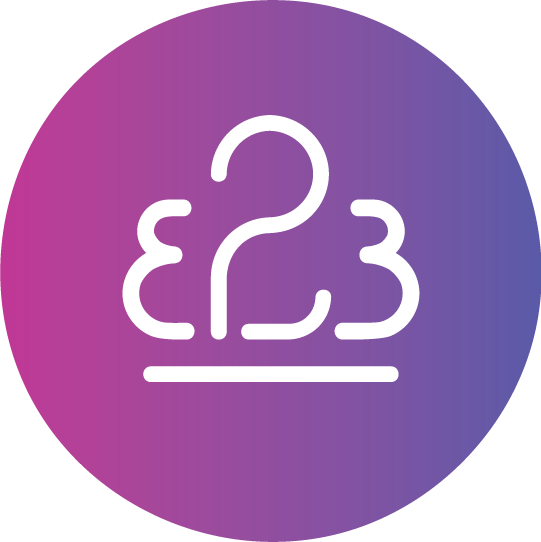
Conflict can be defined as a disagreement, clash, or struggle that occurs when individuals or groups have opposing interests, goals, values, or perspectives.
There are various examples from the business environment, and most are closely related to micromanagement, the topic I wrote about last Tuesday.
Is it possible to measure conflicts?
Yes, it is. The intensity of the conflict can vary from mild disagreements, “silent” to high-pressure confrontations.
How to solve them?
That is a very complex question that requires deeper analysis and strategies. Mild disagreements may be resolved through informal talks, while “silent” and high-intensity conflicts need more work and sometimes mediation and help of a coach.
The best-case scenario is to immediately share your opinion and address the issue when the first disagreements happen, whether with your colleague or superior. Don’t put things under the carpet. By speaking about it, you are avoiding misunderstandings and preventing future clashes.
The other technique is to put yourself in the other person’s shoes. That way, you empathise, build connection, and create a respect and appreciation culture.
In case of a conflict during a team meeting, it would be ideal if at least one person with a regulated nervous system would relax the situation. Unfortunately, that’s not always the case because we are constantly under a lot of pressure.
The good thing when conflicts become too big to handle is that coaches can jump in and help. Coaches are here mediators and facilitators, on a neutral side, calming the atmosphere and bringing the balance back.
Somatic coaching is beneficial because conflicts are often triggered by strong emotions. Helping individuals become aware of their emotions, understanding their causes, and learning the right techniques can make conflicts a thing of the past.
In a stressful business environment, developing body awareness, calming the nervous system, learning to pay attention to non-verbal signs and tone of voice, and creating a space filled with security can be life-saving.












